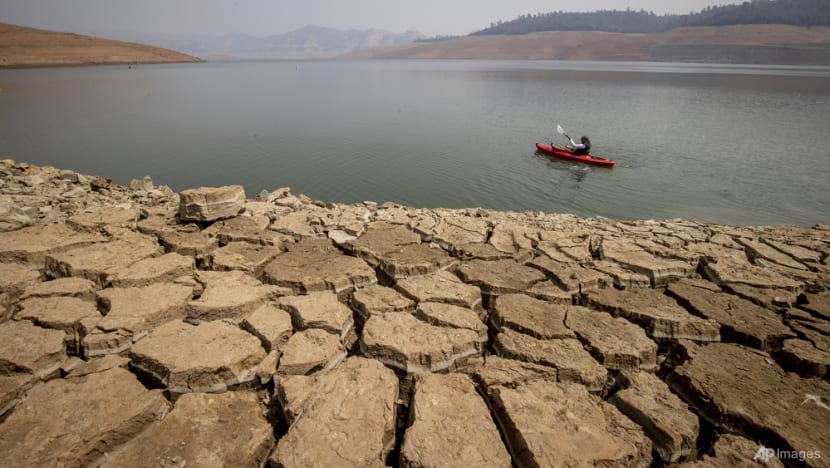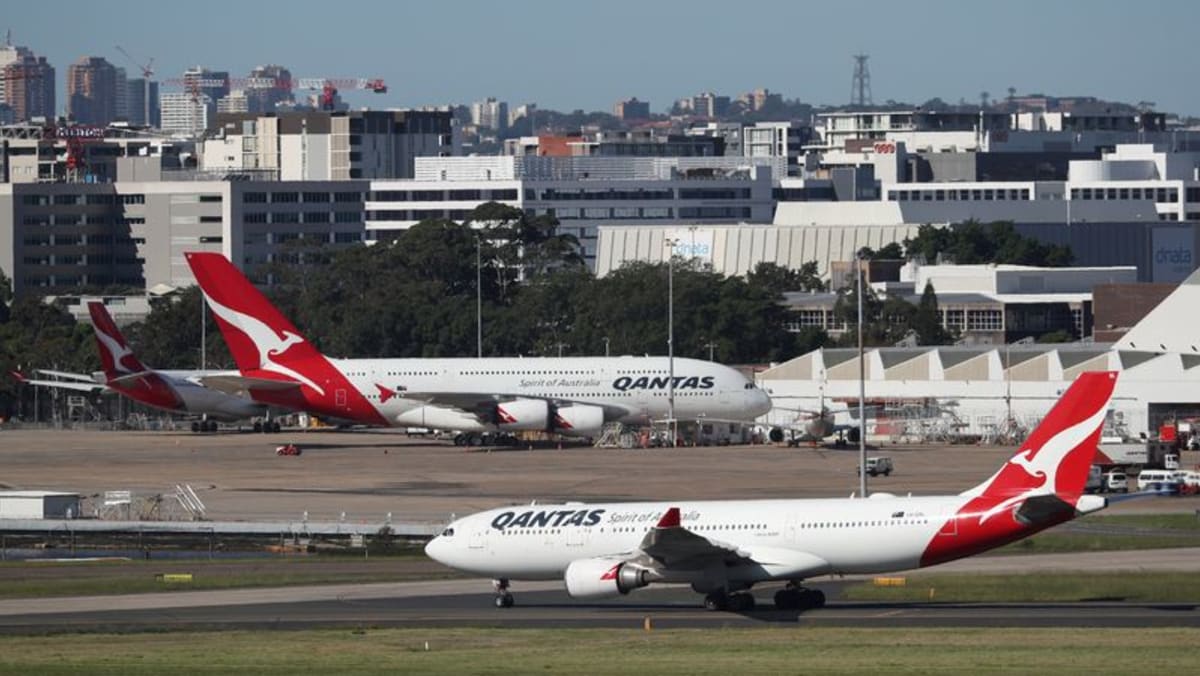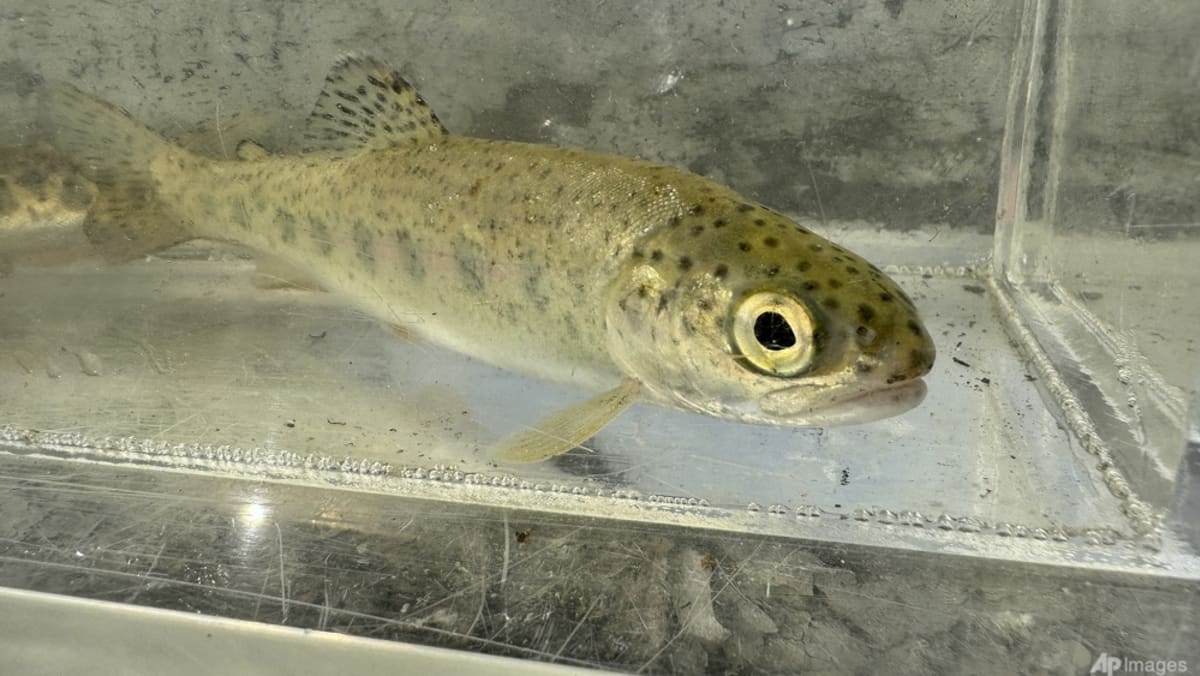SAN JOSE, California: Drought-prone California has approved plans to allow treated wastewater to be used as part of drinking water supply.
It is part of broader conservation efforts, as America’s most populous state has been struggling to secure reliable sources of drinking water amid increasingly extreme droughts in recent years.
State officials have taken inspiration from countries such as Singapore, and have made it legal to treat wastewater so it can be reused for drinking.
FIGHTING CLIMATE CHANGE
Ms Lakeisha Bryant, public information representative at the Santa Clara Valley Water District, said it will be working on constructing a smaller demo pilot facility to include additional cleaning processes.
The water district in Silicon Valley is currently making plans to convert sewage waste into pure drinking water, which can then be piped directly into the drinking water system.
Cleaning the water relies on many of the same methods that are already being tapped for producing water for agricultural use. For instance, a process called reverse osmosis removes contaminants such as pesticides and viruses from the water.
The new regulations have been in the works for more than a decade, with the technologies that recycle wastewater for human consumption gaining greater credence over the years.
The process aims to add millions of gallons of additional drinking water to the state’s supply.
California faces extreme drought cycles due to climate change, and its recent struggles have brought renewed urgency to the effort.
“We've had several major droughts during my 20 years here. And of course, California is an arid area, so we're going to be having more for the future,” said Mr Richard Santos, director of the Santa Clara Valley Water District.
“We've got to be prepared to have more drinking water and a reliable water supply for the taxpayers and residents.”
 A kayaker fishes in Lake Oroville as water levels remain low due to continuing drought conditions in Oroville, California, on Aug. 22, 2021. The state has been struggling to secure reliable sources of drinking water amid increasingly extreme droughts in recent years. (AP Photo/Ethan Swope, File)
A kayaker fishes in Lake Oroville as water levels remain low due to continuing drought conditions in Oroville, California, on Aug. 22, 2021. The state has been struggling to secure reliable sources of drinking water amid increasingly extreme droughts in recent years. (AP Photo/Ethan Swope, File)
GETTING PUBLIC SUPPORT
California became just the second state in the United States to approve the process following Colorado, and joins a handful of countries including Singapore, Australia and South Africa.
With one in four people still lacking access to clean drinking water globally, efforts such as these could play a key role in conserving the precious resource, said observers.
They added that recycling sewage is more environmentally friendly, as it lowers the amount of waste dumped into rivers and oceans.
In addition to funding and building new facilities, part of the next phase will be winning over the public.
In San Jose, officials have opened the Silicon Valley Advanced Water Purification Center for public tours.
Ms Kirsten Struve, assistant officer for the water supply division at Santa Clara Valley Water District, said it is important to educate the public “as to how many technologies are involved in making the water really clean, how it really just enhances what nature would do anyway, because all water on earth is recycled”.












 English (US) ·
English (US) ·  Turkish (TR) ·
Turkish (TR) ·